2005 Toyota Camry

| The Good: – Reliable and solidly built – Smooth ride quality – Huge quiet interior |
The Bad: – Very large on the outside – Higher price than before – Handling far from sporty |
The Toyota Camry is a favourite among midsize car buyers and even fleet buyers, as witnessed by the numerous taxis plying the streets. The Camry sedan was completely redesigned and greatly improved in 2003. The Camry has become a much larger car than its predecessor, and actually has luxury pretensions, as evidenced by Toyota’s attention to detail. For 2005, the Toyota Camry receives a facelift to keep the sedate sedan somewhat fresh, although most buyers will not be able to spot the changes. The Camry comes in four models, namely the XLi, GLi, Touring V6 and Grande V6. All 4-cylinder models come standard with a five-speed manual transmission, while a four-speed automatic transmission is standard on the V6 and optional on the 4-cylinder models. Changes for the 2005 model year include new headlights and tail-lights, and new front bumper.
The base four-cylinder Camry XLi and GLi sedans come with air conditioning, power windows, central locking, AM/FM/cassette stereo, a 60/40 split rear seat and 15-inch steel wheels. The Touring and Grande Mid-Range grades add a V6 engine ABS with Electronic Brake force Distribution (EBD), an engine immobilizer, and aluminum wheels, front fog lamps and rear spoiler, while the top-of-the-range Grande adds cruise control, moonroof, keyless entry, leather and CD changer. Airbags are available on all models.
The Toyota Camry has a sleek appearance, with a sloping front end and sharp creases on the hood leading into the grille. It is a seriously tall car, but the lines along the sides as well as its length somewhat hide its tall height. The car stands much taller than the older shape. Overall, it is a good-looking car, with stylish details yet conservative enough for traditional buyers.
The Camry has a massive comfortable interior with controls that are simple and easy to operate. Everything is laid out within reach. Radio and climate controls are mounted high in the center of the dash for easy access. Three big knobs mounted in the center of the dashboard are used to control ventilation and air conditioning on the basic models. The top models get automatic climate control using tactile buttons. The standard stereo uses big knobs and large buttons that make it easy to operate while driving. The Grande has an additional slim in-dash CD changer slot and accompanying small buttons. The instruments are clearly marked and easily visible through the steering wheel. Prominent gauges include the usual tachometer and speedometer, with smaller gauges for fuel and temperature. The usual controls are on the stalks around the steering column. The simple dashboard is not very creative, and its one-piece design would be more at home in a truck than a car. The dash curves into the door panels, but the dash area itself has few curves. Dual airbags are standard on all models.
A wide center console separates the two front seats and contains useful storage areas all around. The seats are cloth on the lower models, while the higher models get leather. The top of the windshield slopes far back into the cabin, but there is enough headroom for even abnormally tall people. Rear-seat passengers will find their quarters very spacious indeed, with massive headroom and good legroom. The trunk itself is very large, and much bigger than the older shape’s trunk, with space for as many as three average-sized suitcases. Gooseneck hinges steal some space, but are hidden under a cover, reducing the chance that they will damage trunk contents as the trunk lid is closed. The trim around the center stack and center console has perfect fitting and looks tidy, in keeping with Toyota’s new strategy of bringing build quality up to Lexus standards across their entire range. However, the higher models receive fake wood trimmings instead of the plastic found in the lower models.
Toyota strives to build quiet cars with a comfortable ride. All the experience building super-smooth Lexus cars is finally showing in the Toyota range. This generation of Camry has the most quiet yet. Engines have been designed to run much quieter than the ones in the older models, while a new engine mounting system reduces engine vibration from shaking up the passengers. The stiff body structure and asphalt sheet insulation of the engine bay insures that even when driven hard, engine noise is very restrained.
All Camry engines are equipped with Toyota’s VVT-i variable valve timing system for optimum power and efficiency and lower emissions. All are cast from lightweight aluminum which helps this large car keep its weight down.
The Camry’s 2.4-litre four-cylinder engine is a 16-valve DOHC unit offering a decent 166 hp at 5600 rpm and 225 Nm of torque at 4000 rpm. The four-cylinder four-speed automatic is an inexpensive and fuel-efficient option that does not seem to rob too much power compared to the five-speed manual version. The computer-controlled automatic transmission can tell when it is going uphill or downhill, so the transmission shifts gears accordingly. It can hold a lower gear longer when necessary to avoid the annoying random shifting that occurs in many automatics. The automatic consumes slightly more petrol than the manual version. The smaller-engined Camry is the car of choice for nearly all shoppers buying a midsize Toyota for commuting purposes. The power is adequate for most city driving situations, but it will not win any drag races, even with the optional overpriced body kit.
The 3.0-litre V6 develops 213 horsepower at 5800 rpm and 297 Nm of torque at 4400. Those are respectable figures, but falls behind offerings from Honda and Nissan. The V6 is a very smooth and quiet motor, and it is very responsive when the throttle is applied for quick overtaking. The only gearbox is the four-speed automatic, and it does its job without making it felt. The V6 models are fairly quick in a straight line, beating out teenage losers in colourful Civics, but those same losers can beat up the Camry when the road starts curving.
The Camry has an easy-going attitude towards performance. The suspension is so softly sprung that it feels like a swaying boat on water when driven at highway speeds. And corners are taken with an unhealthy dose of body roll. The soft setup is very good at smoothening out hard potholes easily however, helped along by the high-profile tyres. And the front-wheel-drive chassis does not even try to oversteer unless you force a spin by pulling the handbrake, so handling at the limit is generally safe understeer. The basic models have small steel wheels with hubcaps, while the top model Grande gets only 15-inch alloy wheels wrapped in thick rubber, which aids comfort but ruins cornering prowess. We expected at least the Grande to have bigger rims and low-profile tyres, since it tries to look like a sports sedan with its useless rear spoiler. But the whole range is biased towards luxury rather than performance. Interestingly, the accelerator pedal is a drive-by-wire system, like in high-end luxury cars. Instead of being connected to the engine by a cable, the pedal activates a sensor connected to a computer. For all this technology, it is disconcerting to know that the good old ABS braking system is standard in only the expensive top models. The ABS system is rather good too, which is enhanced by EBD, or electronic brake force distribution, and did well to keep the car in control when we floored the brakes while trying out emergency lane change manoeuvres. The V6 models also get four-wheel disc brakes while the 4-cylinder models get discs up front and lowly drums in the back.
The Toyota Camry is a great commuter car. It is a completely safe buy, both in terms of reliability and resale value, even though the base price is a little high. It pleases many buyers by trying to offend no one. It will transport its occupants without any problems, year after year. It is comfortable, smooth and quiet. But it will never set your heart racing unless you are facing the headlights of an oncoming bus. A very user-friendly car indeed, but lacks any character.
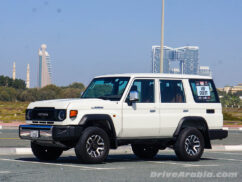
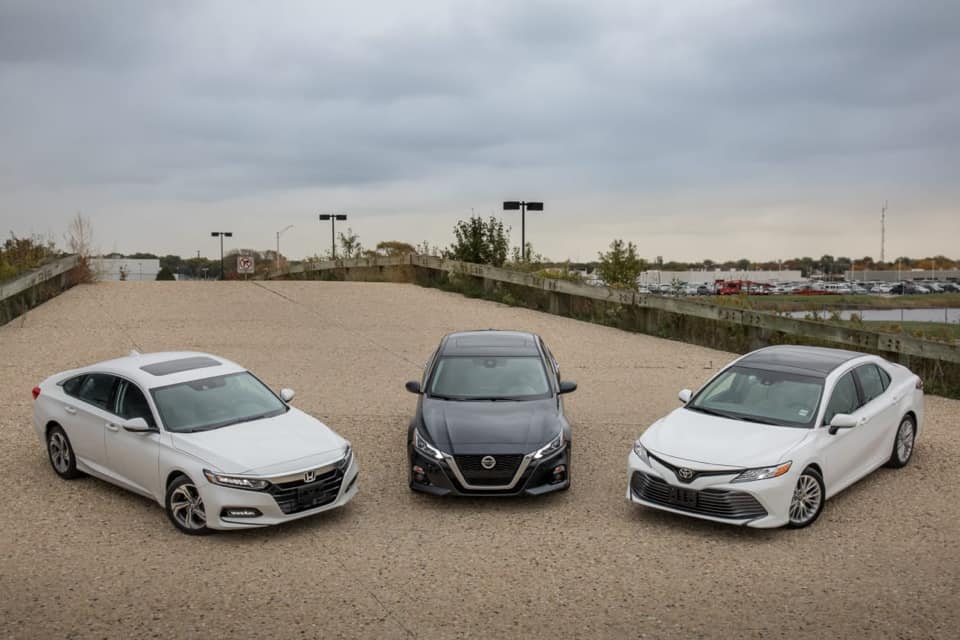
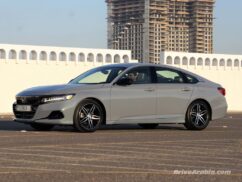
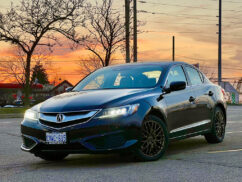
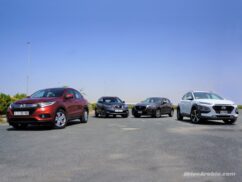
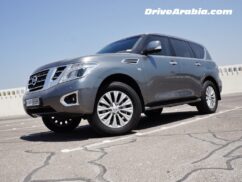
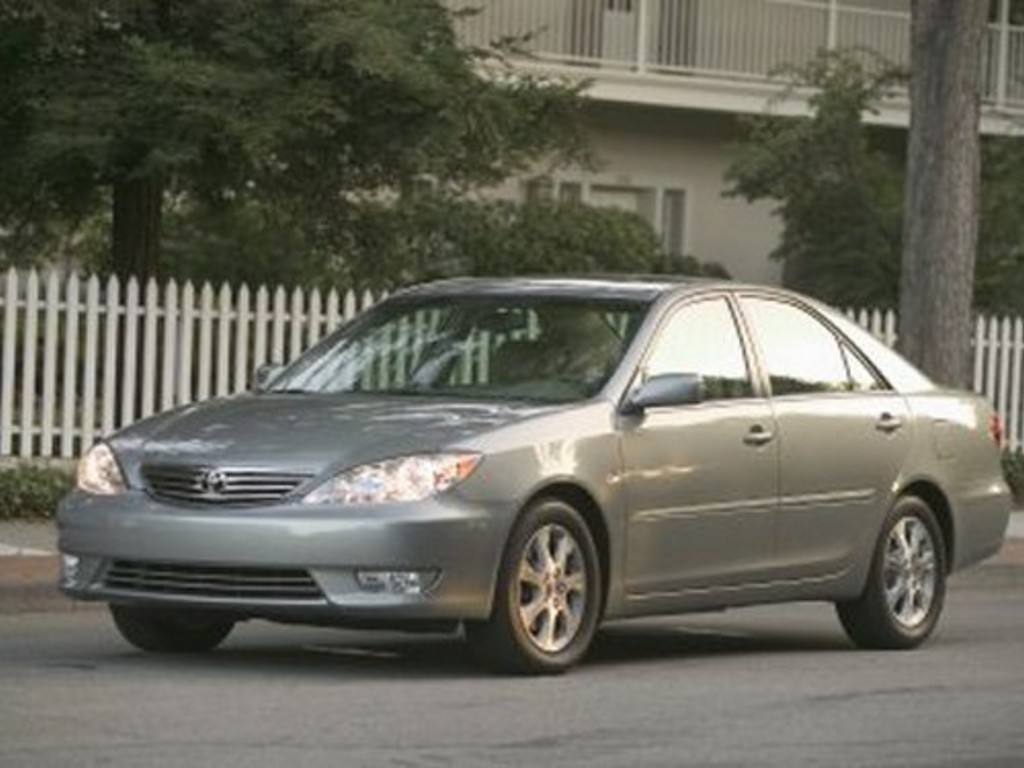

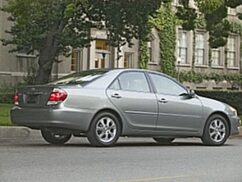



There are no comments. Be the first!